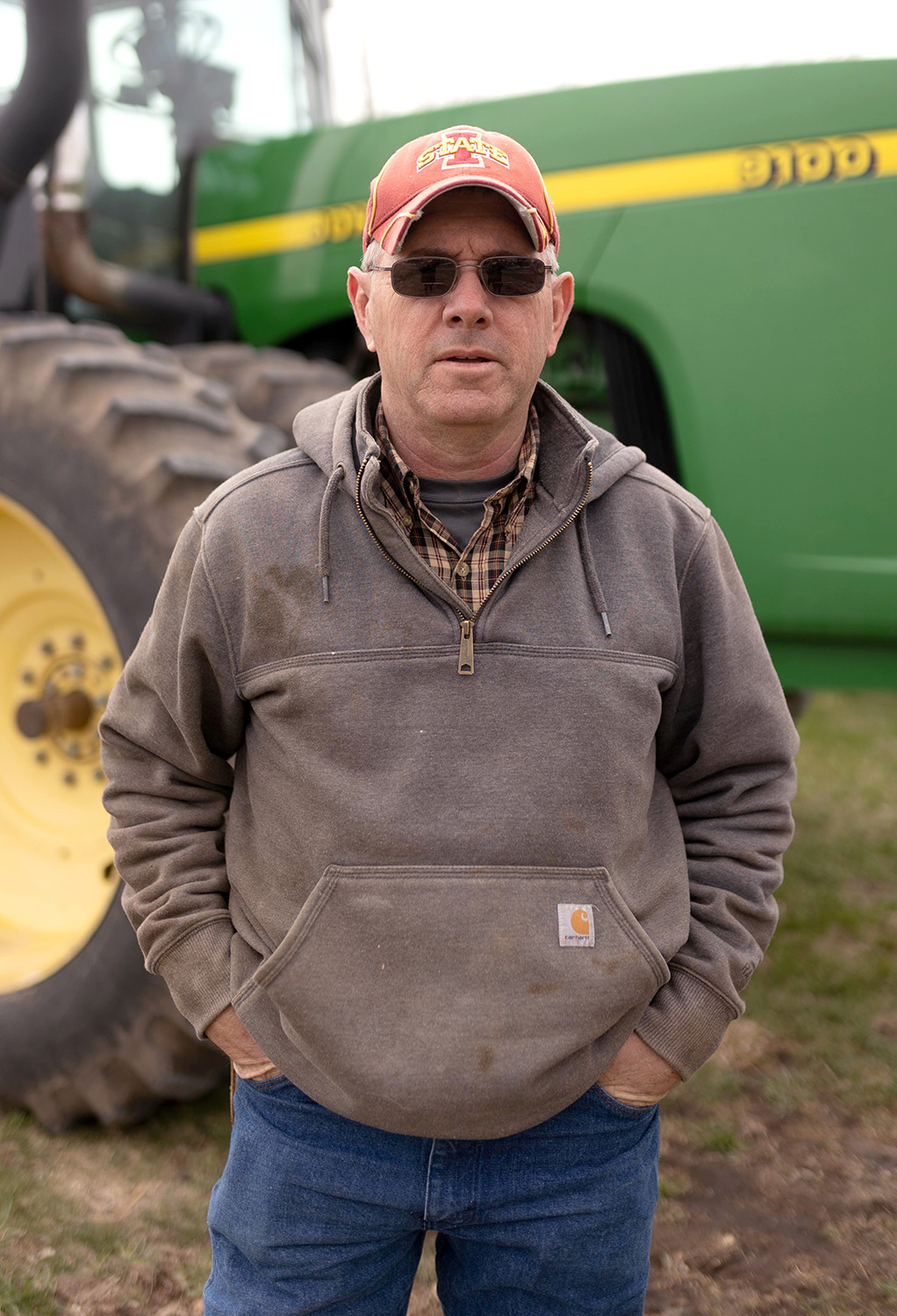Farmers share how they're overcoming rising input costs
October 14, 2022
Nobody knows farming better than a farmer. We asked four ISA farmer-members to weigh in on how input prices affect their business and what they expect in the future.
Randy Miller
How are you navigating rising input costs?
We’re evaluating what we use and our application methods within fields. I’m not shopping around at different suppliers. We’re trying to wait until the best time possible to lock inputs in and go from there. Hopefully, that will allow us to lock in a break-even so we can achieve a profit sometime in the marketing year.
Are prices affecting your short-term or long-term plans?
You have to be concerned about it in the short term. With drier conditions this year, our yields will be off. That’s going to damper our break-evens because lower yield makes your break-even higher. It’s hard to make plans for next year, but you can’t wait and start over again — the years blur together. I’m positive about agriculture in the long-term based on people having to eat and the demand for energy, among other things. There are a lot of headwinds out there, but overall, I’m fairly bullish.
Robb Ewoldt

How are you navigating rising input costs?
We are trying to watch how we spend and look at the numbers to ensure that if we spend that amount of money for our full fertilizer program, we will still be profitable. If we’re not profitable it may require some reduction in fertilizer input. We need to have a return, and if we don’t see it, we will have to make some changes. I worry about this scenario because I worry about not producing the maximum amount of food per acre. That’s a big concern, especially when we hear about the drought in Europe, the war going on in Ukraine and some areas of the United States with drought. It’s a big, big issue.
Are prices affecting your short-term or long-term plans?
I think it’s both. When we have bad years production-wise, it takes more than one year to make up for those years. I truly believe food is security worldwide. We need to figure this out. In my mind, we need to have the president step in and try to relieve some tariffs on fertilizers and give us a little break. When these tariffs hit, it’s amazing how the price of fertilizers jumped.
Jacob Bolson
How are you navigating rising input costs?
No. 1 is ensuring that I am making input purchase decisions as early as possible to maximize preseason discounts. Input prices and interest rates are up at the same time, increasing our overall cost of doing business.
I’m also exhausting all my options for cost share opportunities. I view cover crops as an input; they are a required part of how I operate my land. As a result, I am exhausting all my possible cost share options for cover crops. Not only are traditional inputs up, but nontraditional inputs like cover crops are also up due to seed demand, freight costs and increased applications.
Are prices affecting your short-term or long-term plans?
As a beginning farmer, where 2023 will only be the third year of my family raising our own crop, we’ve got a couple of headwinds. There are limited acres to spread our costs over, and we don’t have the historic equity that would help us weather some of the more difficult times. When it comes to capital expenditures, I have to be very diligent on my purchase decisions. As I share these comments, just today I was on the verge of making an equipment purchase until I invested the time to chat with members of a peer group that I’m part of, and as an outcome of those conversations, I’m refraining from making the equipment purchase.
I do not foresee input prices dropping as we all want them to. Structural costs continue to rise for manufacturers in all industries around us, including crop input manufacturers. Fundamentally, as producers, both short-term and long-term we must be diligent at managing our costs and seeking cost-control measures plus cost reduction opportunities.
Scot Bailey
How are you navigating rising input costs?
I check with a lot of the suppliers in my area and try to book in advance. I try to buy inputs in bulk and, on the chemical side, go with more generics. On fertilizer, you might have to change how you’re crediting your soil samples to come up with a prescription on where you’re going to apply.
We’re using variable rates on everything, and looking at changing up timing on applications. I might change when I apply. I’m usually a spring applier, and I might go ahead and switch to fall, depending on how it looks.
Are prices affecting your short-term or long-term plans?
It depends on how trade goes with other countries. A lot of the ingredients for our chemicals are made in other countries, so our plans depend a lot on trade. It’s trade and tariffs. When the country is not having to pay tariffs, it just increases our prices.
Back